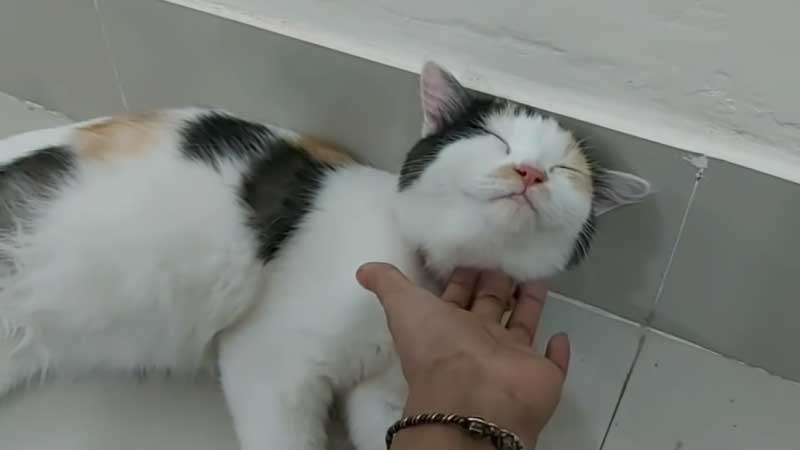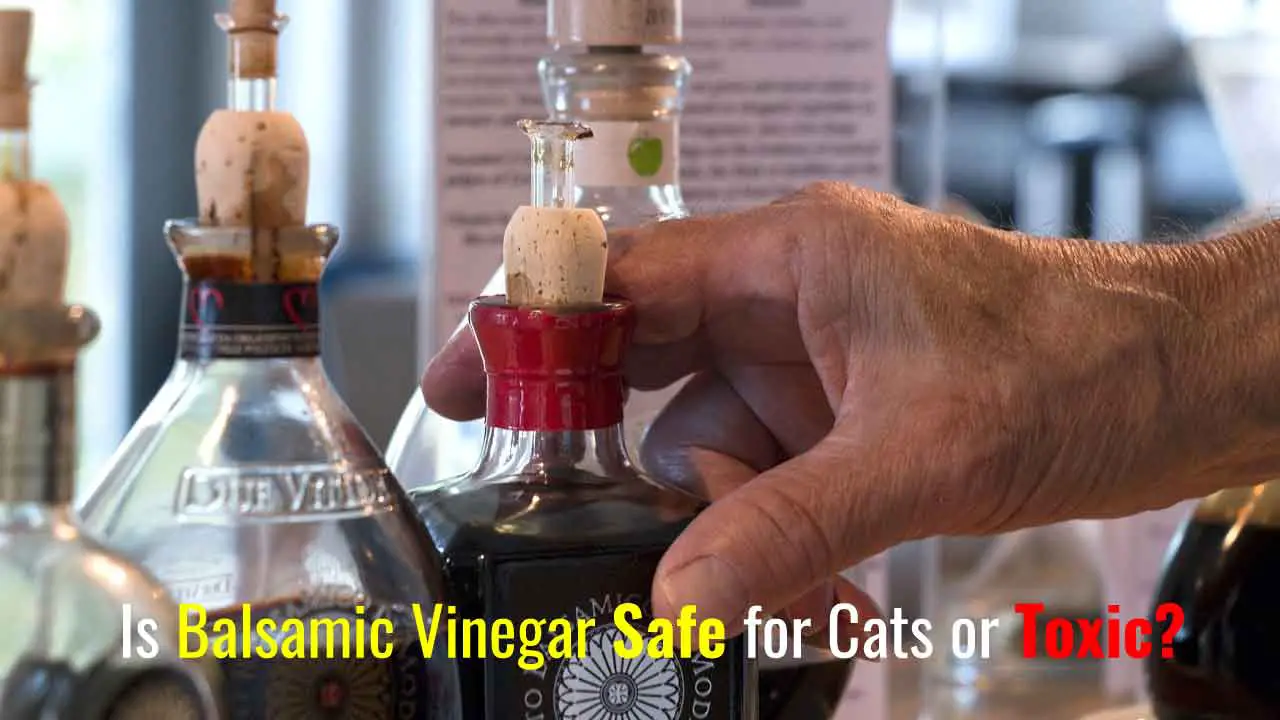Has your cat friend just come back from a neutering procedure, and to your surprise, there’s no cone in sight? Neutering is a significant turning point in your cat’s life, promising a host of health and behavioral benefits. However, the post-op period is crucial and often filled with questions and concerns, especially about the need for a cone to prevent licking or biting at stitches. If you’re scratching your head and pondering, ‘Why vet didn’t give cone after neutering cat?’ you’ve landed in the perfect spot.”
In a nutshell, vets might skip the cone for several reasons, ranging from the cat’s temperament, the type of stitches used (which may be internal or less prone to irritation), to their professional judgment about your cat’s recovery environment.
However, this doesn’t mean your cat won’t need some form of protection to ensure a safe and speedy recovery. Fear not! We’re here to go deeply into the why’s and what-now’s, offering peace of mind and actionable advice.”
Vet Didn’t Give Cone After Neutering Cat
If you’ve recently had your cat neutered and come home without the iconic cone, also known as the Elizabethan collar, you might be wondering if something’s amiss. It’s a common expectation, after all, to see pets with those lampshade-like collars post-surgery, designed to keep them from interfering with their healing wounds. Yet, here you are, and there’s no cone in sight. This scenario might initially spark some concern or confusion, but it’s an opportunity to explore the nuances of post-operative care for our feline friends.
The decision not to use a cone post-neutering doesn’t necessarily mean a lack of care or foresight by your vet. In fact, it could be a testament to their understanding of your cat’s specific situation or temperament. Cats are as unique as humans, with their own behaviors, preferences, and needs. For some, wearing a cone might cause more stress and discomfort than the potential risk it mitigates. Vets often weigh these factors, considering not just the physical, but the emotional well-being of pets under their care.
Moreover, advancements in veterinary practices, including the types of sutures and techniques used, have evolved. Many vets now employ methods that minimize the risk of irritation or infection, reducing the necessity for additional protective measures like the cone. It’s also possible your vet has considered alternative protective strategies that align better with your cat’s comfort and recovery process.
However, the absence of a cone doesn’t mean a laissez-faire attitude towards post-neuter care. It’s crucial to monitor your pet’s behavior, ensure they’re not excessively licking or biting at their surgery site, and maintain a clean, safe environment for their recovery. Your vet’s trust in foregoing the cone places a bit of responsibility on your shoulders to keep a watchful eye and ensure your cat’s healing process goes smoothly.
Risks of Not Using a Cone vs Benefits of Using One

| Aspect | Risks of Not Using a Cone | Benefits of Using a Cone |
|---|---|---|
| Wound Protection | Without a cone, pets can lick, bite, or scratch their surgery site, leading to open wounds, infections, or even the removal of stitches. | A cone prevents direct access to the wound, significantly reducing the risk of infection, wound reopening, or the removal of stitches, promoting faster healing. |
| Healing Process | Direct interference with the wound can delay the healing process, potentially leading to longer recovery times and additional vet visits. | By preventing self-inflicted wound damage, the cone ensures a smoother and potentially quicker healing process. |
| Behavioral Stress | Some pets might experience frustration or stress from being unable to groom themselves or access the wound, potentially leading to behavioral issues. | While the cone might initially cause discomfort, most pets adjust quickly, reducing the chance of stress-related behaviors caused by wound irritation. |
| Financial Cost | Not using a cone might lead to additional medical complications requiring further treatment, increasing overall costs. | Investing in a cone is a preventive measure that can save money on potential emergency vet visits or additional treatments due to complications. |
| Pet Comfort and Safety | Pets might injure themselves by attempting to remove sutures or by excessively licking, leading to discomfort and potential hazards. | The cone offers peace of mind by ensuring the pet’s safety and comfort during the critical post-operative period, preventing self-harm. |
Reasons Your Vet Might Skip the Cone
When your vet decides to skip the cone after your cat’s neutering procedure, it’s not done lightly. This decision is typically based on a combination of factors tailored to your cat’s specific situation, health status, and overall well-being. Here are some reasons your vet might choose not to use a cone:
Type of Sutures Used
Advances in veterinary surgery have introduced sutures that are less irritating and more resilient against a cat’s grooming habits. If dissolvable or internal sutures were used, the risk of your cat interfering with the healing process might be minimized, making a cone unnecessary.
Cat’s Temperament and Stress Levels
Cats vary greatly in temperament. For some, wearing a cone can cause significant stress, anxiety, or discomfort, potentially leading to more harm than good. Vets often consider the psychological well-being of the pet and may decide a cone isn’t worth the potential stress, especially if they believe the cat will not excessively interfere with the wound.
Close Monitoring and Confinement
If you’re able to provide constant supervision and keep your cat in a controlled environment where they can be closely monitored, your vet might judge a cone unnecessary. This is often the case when pet owners work from home or can ensure their cat is safely confined away from hazards that might exacerbate the healing wound.
Alternative Measures in Place
Some vets recommend alternative protective measures that are less intrusive than traditional cones. This might include soft collars, inflatable collars, or even specially designed post-operative garments that cover the wound area without restricting the cat’s overall mobility and comfort.
Rapid Healing and Low Risk of Complication
Depending on the surgical technique and your cat’s overall health, the vet might assess that the risk of post-operative complications is low. For example, a small, cleanly executed incision that’s expected to heal quickly and without issue might not necessitate the added protection of a cone.
Cat’s Health or Medical History
In some cases, a cat’s specific health issues or medical history might make the use of a cone more complicated. For example, if a cat has respiratory issues, the added stress of a cone could exacerbate these problems.
Owner’s Commitment to Alternative Supervision
If you’ve discussed post-operative care with your vet and have agreed to an intensive observation schedule or other forms of protection (like keeping the cat in a crate when unsupervised), the vet might deem a cone unnecessary.
When Should a Cat Wear a Cone? Signs Your Cat Needs a Cone

After your cat has been neutered, observing their behavior and healing progress is crucial to ensuring a smooth recovery. While your vet may initially decide not to use a cone, certain signs and behaviors could indicate the need for a cone or an alternative protective device. Here are key signs to watch for:
Excessive Licking or Biting at the Incision Site
The most obvious sign is if your cat shows an intense interest in their wound, often licking, biting, or trying to scratch it. This can interfere with the healing process, potentially causing infection or opening the wound.
Redness, Swelling, or Signs of Infection
If you notice the area around the incision becoming more red or swollen than expected, or if there are signs of pus or an unpleasant odor, these could be indications of infection. Over-grooming or bothering the area can exacerbate these symptoms.
Agitation or Discomfort
Cats experiencing discomfort may become more agitated or restless. If your cat seems unable to settle down, constantly moving to lick or inspect their wound, it might be time to consider a cone or alternative to prevent them from causing further irritation.
The Wound Re-opens
Should the incision site open up, it’s a clear indication that your cat needs additional protection to prevent further damage and ensure proper healing.
Changes in Eating or Bathroom Habits
While not directly a sign that a cone is needed, changes in your cat’s eating, drinking, or bathroom habits can indicate discomfort or stress related to their surgery site. Monitoring these behaviors can provide insights into their overall well-being and recovery.
Difficulty in Keeping the Cat from Jumping or Being Active
If your cat is very active, jumping or engaging in behaviors that could risk the integrity of the surgical site, a cone or alternative may help minimize these risks by restricting their ability to engage in such activities.
Frequently Asked Questions (FAQ)
How long does it take for a cat to heal after neutering?
Cats typically recover from neutering within 10 to 14 days. During this period, it’s crucial to monitor their behavior and the incision site for any signs of infection or delayed healing. Follow-up visits with your vet may be recommended to ensure a smooth recovery.
What should I do if my cat won’t wear a cone?
If your cat refuses to wear a traditional cone, consider alternatives such as a soft cone, an inflatable collar, or a recovery suit. These options can provide the necessary protection while being more acceptable to your pet. Always introduce any new device gently and monitor your cat’s response.
Can my cat still groom themselves with a cone on?
While a cone restricts access to the body, thereby preventing grooming of the incision site, cats can still groom parts of their front paws and face. Ensure the cone is fitted properly to allow eating, drinking, and limited grooming without accessing the surgical site.
How can I tell if the incision is infected?
Signs of infection include redness, swelling, pus, or an unpleasant odor coming from the wound. Your cat may also show signs of discomfort or lethargy. If you notice any of these symptoms, contact your vet immediately.
Is it normal for my cat to be lethargic after neutering?
It’s normal for cats to be sleepy or less active immediately following surgery due to anesthesia. However, if lethargy persists for more than 24 hours post-operation, or if you notice any other concerning symptoms, consult your vet.
What are the signs my cat is in pain after neutering?
Signs your cat may be in pain include excessive meowing or growling, loss of appetite, aggression when touched, or reluctance to move. Pain management is typically part of post-operative care, so if you suspect your cat is in pain, reach out to your vet for advice on pain relief options.
Final Verdict
The decision not to use a cone after neutering a cat can initially raise questions and concerns for pet owners. However, understanding the reasons behind this choice and recognizing the signs that may necessitate the use of a cone or an alternative protective device are key to ensuring your cat’s smooth and safe recovery. Vets make this decision based on a variety of factors, including the type of sutures used, the cat’s temperament, and the potential for stress or discomfort caused by the cone.
If your vet decides against a cone, closely monitoring your cat’s behavior and the healing process is crucial. Be vigilant for any excessive grooming, signs of infection, or behavioral changes that indicate discomfort or pain. Alternatives to the traditional cone, such as soft cones, inflatable collars, and recovery suits, offer protective measures that may be more acceptable to your cat and can prevent complications during the healing process.



